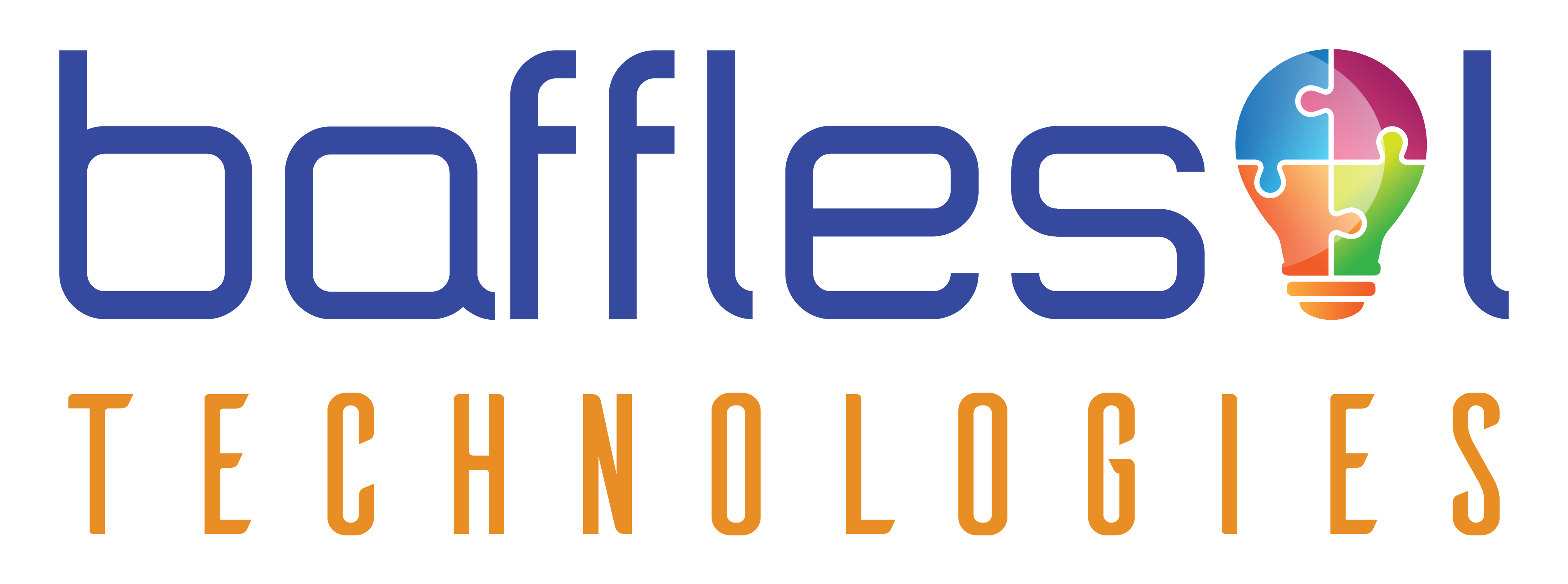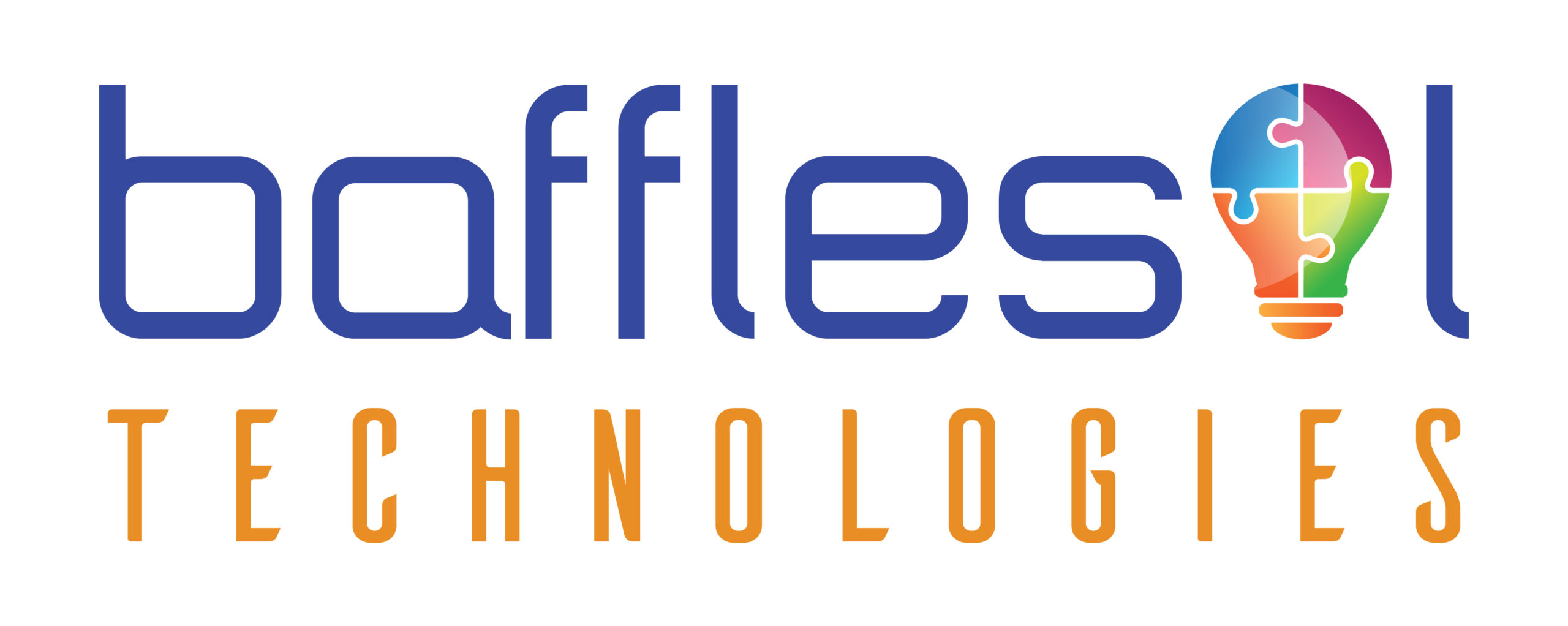Digitization describes the digital conversion of existing data and documents, such as scanning a visiting card QR Code and saving in a phone book. The data itself is not changed; it is just a digital format. If digitization is a conversion of data, digitalization is a transformation and processing of that data. More than just making existing information digital, digitalization embraces technology’s ability to collect data, establish trends, and make better business decisions.
Digitalization using the latest technology trends and innovations to improve business processes brings more visibility to flows and processes and eventually increases value for commodity trading companies. And if one digitizes a report, it will ultimately lead to the digitalization of the organization’s data process and workflows. Digitization will collect the data, and digitalization will automate data analysis for enhanced visibility and business intelligence.
Globalization and rush in global uncertainties have led to prices in commodity markets see fluctuations. This price volatility is the most critical issue faced by primary commodities producers, which disrupts demand and supply and increases risk. Often, where there is a risk, there is an opportunity to evolve — here, technology can effectively manage and properly mitigate legal, credit, operational, and market risks.
The right technology and innovations can drive organizational mindset change towards FX and commodity risk management. For commodity trading companies, digitalization is about leveraging new technology to improve business processes and increase value.
The challenge is ensuring that you are using, evaluating, and choosing the right technology to grow your business. Analyze if commodity trading and risk management (CTRM) software aggregate and analyze all this data to help you make better trading decisions? Data alone is not enough; organizations need analytics to make sense of it.
A sophisticated platform like BaffleSol’s commodity Management can run portfolio risk analysis and deal with daily operations like centralization of tasks, compliance, FX, reporting, and accounting. Enabled with a mobile app, users can view a commodity product’s position in real-time and create some reports to share with the team. It gives accurate visibility into the entire value chain, ensuring all parties can track commodities in transit, settle invoices on time, and use power BI to turn data into qualitative information.
The way forward
With the emerging trend of digitization of commodity transactions and storage, the industry can take a giant leap forward if the same data can be appropriately collected and harnessed using apt technological innovations and digital transformation methods. As both digitization and digitalization are highly dependent on each other, it is highly advisable to have a central interactive system that provides natural intelligence and value to the business.
The commodity market needs a solution that accelerates digital transformation by providing the proper framework to add new services and features as needs arise promptly.
Author: Shuchi Singla



